Optimal Timing for Drywall Ceiling Repairs
Choosing the optimal time for drywall ceiling repairs depends on several factors, including climate, indoor conditions, and project urgency. Typically, the most suitable periods are during mild weather conditions when humidity and temperature are stable. This ensures proper drying and adhesion of repair materials, reducing the risk of future issues.
Spring and fall often provide ideal weather for drywall repairs due to moderate temperatures and lower humidity levels.
Perform repairs when indoor humidity is controlled, usually in dry, well-ventilated environments to facilitate proper drying.
Urgent repairs should be scheduled promptly, but if possible, wait for optimal conditions to ensure quality results.
Refrain from repairs during periods of high humidity or rainy weather to prevent moisture-related problems.

Spring offers moderate temperatures and lower humidity, ideal for drywall ceiling repairs.
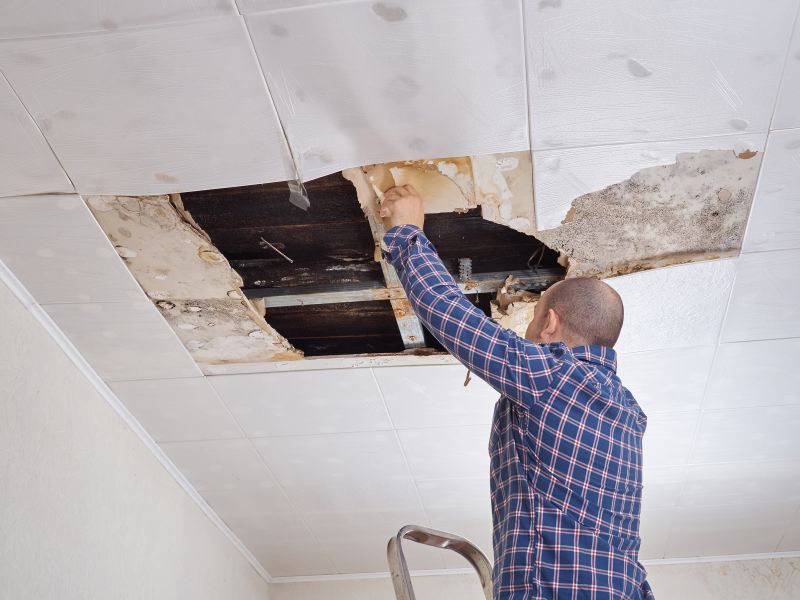
Controlling indoor humidity levels supports optimal drying during repairs.
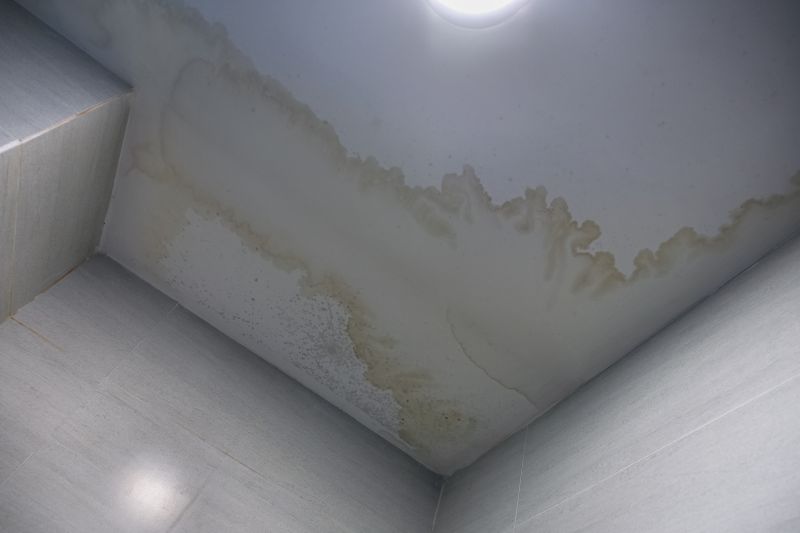
Mild weather ensures better adhesion and reduces the risk of future damage.
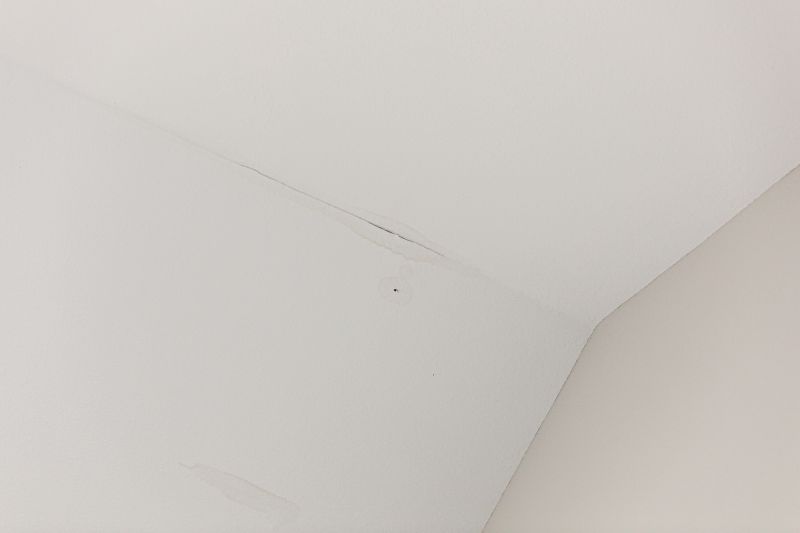
High humidity periods can prolong drying times and compromise repair quality.
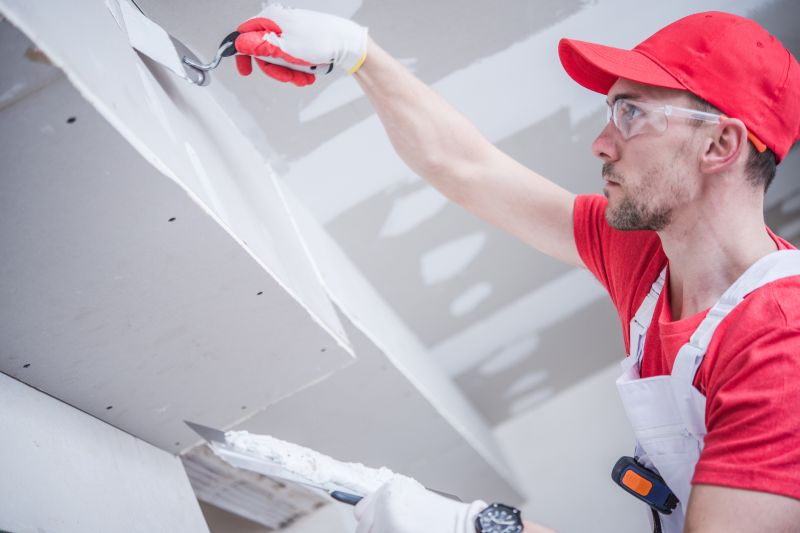
Fall provides cool, dry conditions suitable for ceiling repairs.
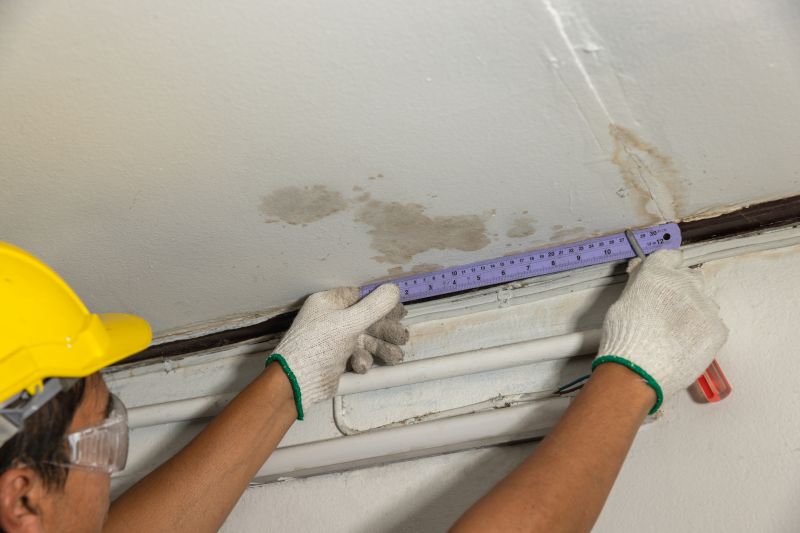
External weather influences indoor repair conditions, making timing important.
| Season | Ideal Conditions |
|---|---|
| Spring | Moderate temperatures, low humidity |
| Summer | High humidity, hot temperatures (less ideal) |
| Fall | Cool, dry weather |
| Winter | Cold, potential moisture issues indoors |
Drywall ceiling repairs are a common solution for addressing cracks, holes, or water damage. Proper timing enhances the durability and appearance of the repair. Statistics indicate that repairs performed during optimal conditions have a higher success rate, with fewer callbacks and rework. Understanding seasonal and environmental factors can significantly impact the longevity of drywall repairs.

Proper timing ensures effective application of joint compound and paint.
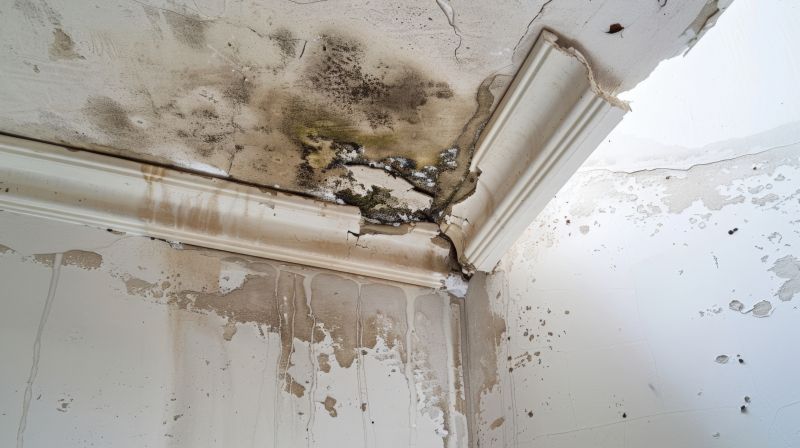
Addressing water damage during dry seasons prevents mold growth.

Timing repairs when environmental conditions are stable prevents crack reappearance.
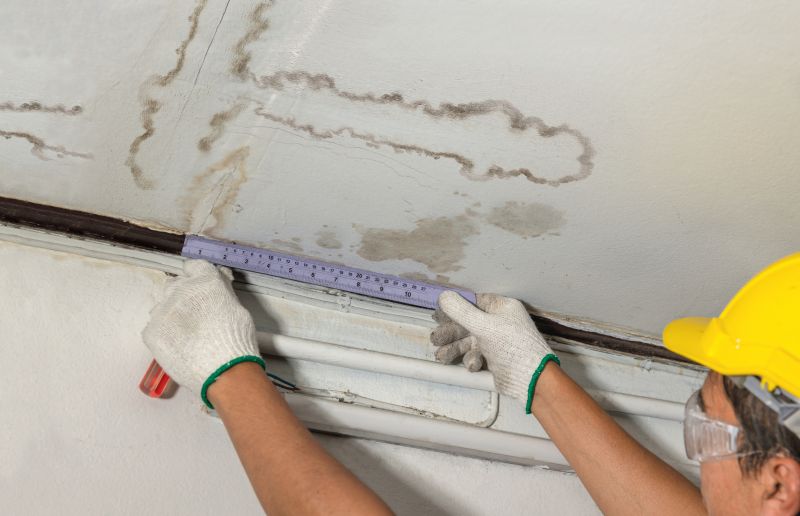
Prompt repairs during dry periods reduce moisture retention.
Interested in professional drywall ceiling repairs? Filling out the contact form can facilitate scheduling during optimal conditions, ensuring the best results for long-term durability and appearance.



